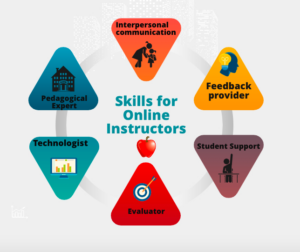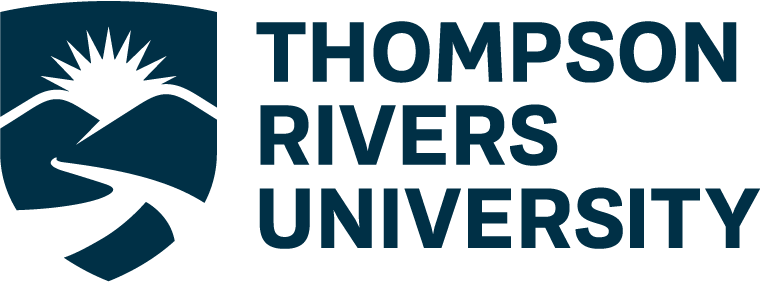I acknowledge living on Treaty 6 and 7 lands in Red Deer, Alberta. This land is the traditional territory of the Blackfoot, Tsuu T’ina, Stoney Nakoda nation, and traditional Métis, Cree, and Saulteaux peoples. I strive to honor and transform my relationship with this land’s traditional people as we move toward reconciliation. It is also important to acknowledge the lens through which I approach reconciliation and my role as a teacher as a Canadian-born, white, Catholic, British woman from a middle to upper socioeconomic class. I understand that these social locations surround me with power and privilege and, in turn, implicit biases that I may not be aware of. Research shows that most preservice teachers are like me, and these teachers reported that “many feel unprepared to adequately represent Indigenous perspectives or fear being accused of cultural appropriation (Milne et al., T., 2023, p. 56). Without this knowledge, how can teachers truly adopt an indigenization lens that is meaningful and not just tokenistic?
In order for one to see through a different lens, one must be willing to listen empathetically to learn. An Albertan study by Milne and Wotherspoon in 2023 was designed to look at how “ Indigenous students and their parents see themselves represented and supported through educational initiatives to foster reconciliation and how these initiatives are understood by teachers who work with these students” (Milne et al., T., 2023, p. 55). The researchers spoke to various stakeholders, including parents, children, and school staff, to determine what indigenous initiatives were working in the school and what areas needed more support. The findings were that the school had developed “designated spaces where Indigenous programming took place and Indigenous students gathered” (Milne et al., T., 2023, p. 59) for learning and celebrations. Moreover, there were added “initiatives such as Cree language instruction during lunch breaks, Indigenous or Aboriginal Studies courses, and weekly Elder facilitated sharing circles” (Milne et al., T., 2023, p. 59). All of these initiatives were regarded as positive steps towards reconciliation. However, the findings also suggested some systemic issues, such as“the lack of adequate support and preparation for teachers, relatively superficial incorporation of teaching about Indigenous peoples, and discomfort that many Indigenous peoples feel with the education(al)” system. (Milne, et al., 2023, p. 64). Consequently, what was happening seemed to be more tokenistic than authentic learning to promote reconciliation.
In the second article by Wallin and Tunison (2002), the researchers review a provincial initiative in Saskatchewan called Follow Their Voice. The core purpose of this program is to “foster community engagement in education, transform teacher practice, and improve the educational achievement of Indigenous students in particular” (Wallin et al., S., 2002, p. 77). This initiative encourages all the stakeholders in an indigenous child’s education to come together and discuss “what is needed in order to be successful as a First Nations or Métis student in school” (Wallin et al., 2002, p. 78). Once determined, the plans are actualized through a train-the-trainer model, and “school-based indigenous facilitators work with cohorts of teachers over a four-year cycle to support, observe, monitor and provide feedback to their teacher colleagues as they learn about and implement a range of discursive, culturally responsive instructional strategies (Wallin et al., S., 2002, p. 78). The strength of this initiative is that all decisions, programs, and actions are built on the voices of the indigenous community to inform the teaching and learning environment, making these authentic experiences for potential growth toward reconciliation. By following the people’s voice, empathizing, and being willing to work together, it seems that this is the real road to true reconciliation.
References
Milne, E., & Wotherspoon, T. (2023). Student, Parent, and Teacher Perspectives on Reconciliation-Related School Reforms. Diaspora, Indigenous, and Minority Education, 17(1), 54–67. https://doi-org.ezproxy.tru.ca/10.1080/15595692.2022.2042803
Wallin, D., & Tunison, S. (2022). “Following Their Voices”: Supporting Indigenous Students’ Learning by Fostering Culturally Sustaining Relational Pedagogies to Reshape the School and Classroom Environment. Australian and International Journal of Rural Education, 32(2), 75–90. https://wrap2fasd.org/2022/08/02/following-their-voices-supporting-indigenous-students-learning-by-fostering-culturally-sustaining-relational-pedagogies-to-reshape-the-school-and-classroom-environment/



Recent Comments